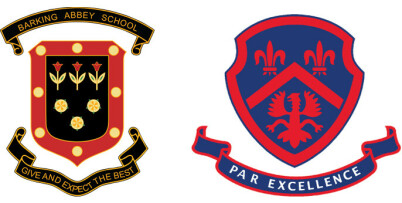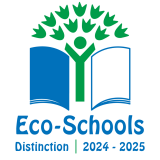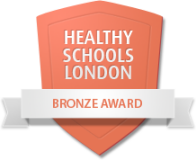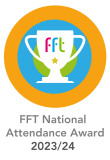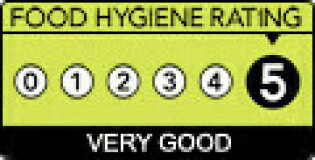-
Main School
-
School Information
- Headteacher's Welcome
- About Us
- Alumni
- Attendance & Punctuality
- British Values
- Careers Information, Advice and Guidance
- Character Education
- Enrichment Programme
- Exam Information
- Exam Results
- Financial Information
- Healthy Schools
- Join Us
- Key School Policies
- Leadership Team
- Library
- More Able Learners
- Ofsted
- Parents & Carers
- Pupil Premium Strategy and Report
- Safeguarding
- School Meals
- School Opening Times
- SEND Information
- Strong Minds - Student Wellbeing
- Term Dates
- The School Day Timings
- Uniform
- Year 6-7 Transition
- Values Ethos & Culture
- Contact Us
- News & Events
-
Curriculum
- Curriculum Map and Intent Overview
- Outstanding Teaching Professional Development
- Key Stage 2 to 3 Curriculum Partnership
- Key Stage 3 Curriculum Map
- Key Stage 3 Assessment
- Key Stage 4 Pathways
- Key Stage 4 Revision Resources
- ARP
- Art & Design
- Business
- Computing
- Dance
- Design & Technology
- Drama
- English
- Geography
- History
- Maths
- MFL
- Music
- PDC - Citizenship & PSHE
- PE
- Religious Education
- Science
- Sociology
- Pastoral Curriculum
- Portals
- Governors
- Sports Academies
- Facilities Hire
-
School Information
-
Sixth Form
- About Us
- Applying To University
-
Course Information
- Art & Design
- Business & Economics
- Computer Science & ICT
- Dance
- English
- Geography
- History
- Maths
- PE
- Product Design
- Psychology
- Religious Studies (Philosophy and Ethics)
- Science
- Sociology
-
KS5 Options Presentations
- Art and Design - A Level
- Biology - A Level
- Business and Economics - A Level
- Chemistry - A Level
- Computer Science - A Level
- Dance - Level 3 BTEC
- Design & Technology - A Level
- English Literature - A Level
- Further Mathematics - A Level
- Geography - A Level
- History - A Level
- ICT - BTEC Level 3
- Mathematics - A Level
- PE - A Level
- Physics - A Level
- Psychology - A Level
- Religious Studies (Philosophy and Ethics)
- CTEC Applied Science
- Sociology - A Level
- Sixth Form Pathways
- Transition
- Sports Academies
- How To Apply
- Contact Us


